It grows on you
The RV–12 isn’t just for sport pilots anymore
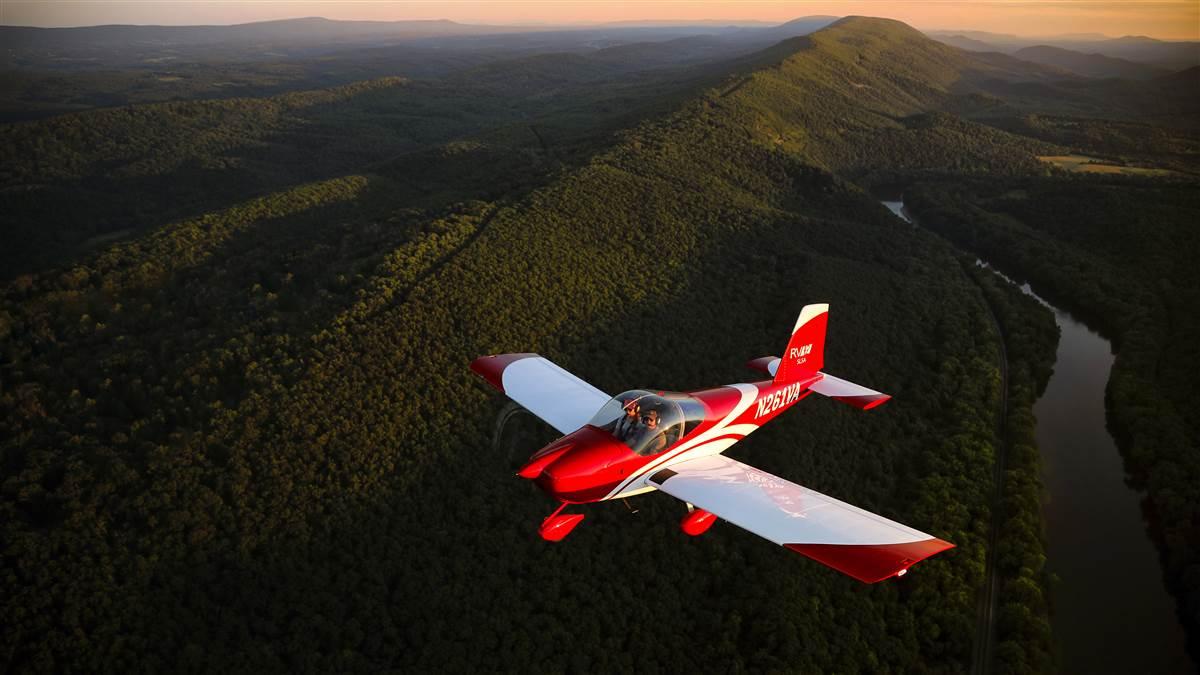
After teaching in the RV–12, however—as well as ferrying two of them across the continent and performing the initial test flights on an experimental/amateur-built model—my initial doubts about it have been replaced by respect and admiration.
The RV–12 is simply a tremendous tool for making pedestrians into pilots. With recent changes in FAA regulations, it also provides an economical path for pilots to earn private, commercial, instrument, and flight instructor ratings as well as learn glass-panel skills.
The RV–12 began as an experimental/amateur-built kit and got ASTM approval for factory production as special light sport aircraft (SLSA) in 2009. More recently, those SLSA models have been approved as commercial, instrument, and CFI trainers—and that has the potential to vastly expand their utility beyond the initial training for sport pilots. Van’s Aircraft is such a big believer in the RV–12 that it has begun manufacturing them in-house. (Previous SLSA RV–12s were made by contractor Synergy Air.)
My introduction to the RV–12 came a decade ago with now-Van’s Aircraft President Mitch Lock for an AOPA Pilot story (“Something to Savor,” October 2010). My first big trip in an RV–12 began two years ago under less than ideal conditions: a summer day in Phoenix, Arizona, when the afternoon high reached a scalding 115 degrees Fahrenheit. I got out of town soon after sunrise, and I was grateful that the airplane I was ferrying had a sunshade (and an autopilot).
RV-12 FEatures
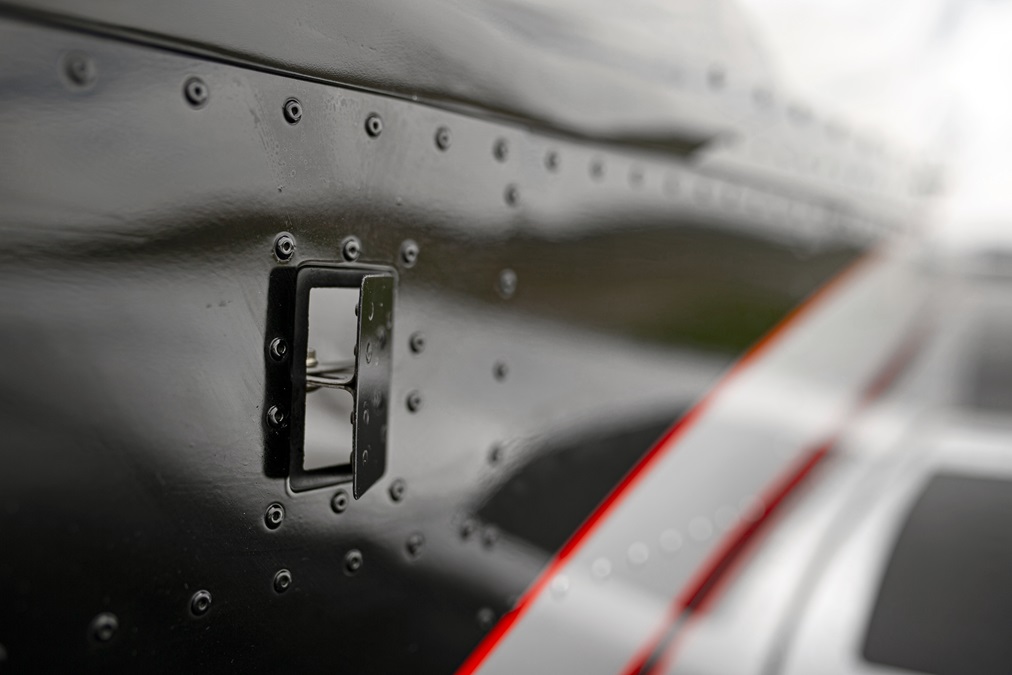







The surface wind was mercifully light over the New Mexico high desert that day, but cumulus clouds and turbulence rose with the heat. The RV–12’s light wing loading makes it a cork on the ocean in bumps, so I climbed above the clouds, and ended up following them all the way up to 14,500 feet. The density altitude was more than 16,000 feet, but the RV–12 didn’t complain. Its engine monitor showed uniform cylinder head and exhaust gas temperatures, and the Rotax automatic mixture control kept fuel consumption to just 3.5 gallons per hour.
Throughout that 16-hour cross-country trek to the East Coast, the Rotax 912 ULS engine started easily and ran strong. The Dynon avionics—with in-cockpit weather, traffic, synthetic vision, and a digital autopilot—provided outstanding situational awareness. And the airplane handled beautifully, was surprisingly comfortable, and flew faster (135 KTAS at 11,500 feet) and longer (3.5-hour legs) than I thought possible when the trip began.
The RV–12 obviously isn’t meant to traverse multiple time zones—but it can.
No love at first sight
That RV–12 was pressed into indentured servitude at Bravo Flight Training, a Maryland flight school, where it inherited the punishing duty of teaching primary students. My role was training the trainer—and that turned out to be harder than it sounds.
The walkaround with veteran flight instructor Brenda Tibbs had her questioning the airplane, its components, and even its reason for existence. “The Cessna 152 is the best trainer ever made,” she said. “Why can’t this be a 152?”
I assured her the RV–12 was far better than a 152 in terms of comfort, handling, visibility, technology, reliability, and fuel efficiency—and that her students would clamor for it. Then I showed her how to check the engine oil level by turning the propeller through by hand and listening for the “flushing toilet” sound of oil moving from the crankcase to the sump.
She was so repulsed I thought she was going to turn around and walk out of the hangar.
Tibbs took issue with the RV–12’s flaperons, stabilator, and control stick, too. (“What’s wrong with flaps, ailerons, an elevator, and a yoke?”) She detested the parking-brake-style flaperon activation handle. (“It’s impossible for me to move.”) The airplane’s removable wings terrified her.
Our introductory flight was a debacle. She hated the choke knob required for cold engine starts, found the throttle knob’s spring tension awkward (OK, she’s right about that), and regarded the geared engine’s high rpm as absurd. We were in the run-up area prior to takeoff and I asked her to increase engine power to 4,000 rpm. (“Four thousand rpm? That’s a crazy number!”)
I pointed out the Rotax gearbox reduced propeller rpm to half that value, and high rpm produces more power in a smaller package—like a Formula One racer. Tibbs was having none of it.
In the air, she was bewildered by the glass panel and wished for analog instruments.
We returned to the airport for a series of landings, and all of them were well-placed and graceful, but she wasn’t mollified. I made a few adjustments before our next flight, but her resentment persisted—and I was astonished. Flight instructors have long pleaded for modern, exciting, fun-to-fly trainers that can attract the next generation of pilots. The RV–12 checks all those boxes, yet my interaction with Tibbs, AOPA’s 2016 Flight Instructor of the Year, showed CFIs might be an obstacle.
After Tibbs made several solo flights, her tone began to soften. Then she started teaching in the airplane and her students quickly adopted it.
The bright red SLSA was given the nickname Salsa, and it became the busiest airplane in her flight school. A year later when the original owner decided to sell, Tibbs found a buyer for it and kept it on the flight line. It’s the most effective, economical, and reliable airplane in her fleet.
“It wasn’t love at first sight,” she said of the RV–12. “It’s just so different from the 172s and Arrows and Archers that I was used to. But my students love it—and I’m convinced they solo faster in it.”
Strange bird
The preflight inspection of an RV–12 brings home its peculiarities.
Inside the cockpit, you check the wing attachments to make sure they’re secure, and the automotive-style electrical fuses (not circuit breakers). Turn on the master switch and you’ll hear the electric fuel pump chugging away, and there’s no need to turn it off because it’s supposed to run all the time.
Like other RVs, the airplane’s strength comes from its stressed aluminum skin—but the RV–12’s skin is held together with dimpled blind rivets, not the traditional flush kind. Blind rivets have always been regarded as an undignified, low-rent path of least resistance by metal craftsmen. But the practical reasons are that blind rivets can be installed by one person working solo, they’re stronger than flush rivets, and the drag penalty for the protruding rivet heads is irrelevant because light sport aircraft rules limit top speed in level flight to 120 KCAS.
Each wing tip has a handhold for removing or installing the wings—a two-person job that can be done in less than 10 minutes. Flaperons, which can droop to serve as both flaps and ailerons, cover the full wingspan and provide a sprightly roll rate of about 60 degrees per second.
The horizontal tail is an all-moving stabilator. Proportionally, the stabilator appears tiny—but beware: it’s highly effective and makes it easy for pilots to overrotate (especially when learning soft-field takeoffs).
A fuel cap on the right side of the fuselage feeds the one and only fuel tank, a rectangular box in the baggage area behind the right seat. The pitot tube protrudes from the spinner, and it stays stationary while the propeller spins around it. (Both of these characteristics were necessary for designers to incorporate removable wings.)
The 43-inch cockpit is remarkably wide for such a Lilliputian airplane, and visibility is excellent. A castering nosewheel gives the RV–12 a tight turning radius, and differential braking is required for taxiing, particularly in crosswinds.
On takeoff, the rudder is effective immediately, and the stabilator comes to life at about 20 KIAS. Light back-pressure on the floor-mounted stick raises the nosewheel at about 30 knots, and the airplane is off the ground and climbing at 55.
Level at 3,000 feet, high cruise at 5,400 rpm nets 118 KIAS. Power-off stalls take place about 42 KIAS with flaperons up and 38 KIAS with them down.
In the landing pattern, the RV–12 is surprisingly slippery. Even with flaperons down and idle power, it doesn’t want to descend. An approach speed of 60 KIAS at idle power produces a descent rate of only about 300 to 400 feet per minute. Slowing to 55 KIAS, or slipping, or both allows steeper descents.
In ground effect, the RV–12 has a knack for touching down lightly on its main wheels and tracking straight ahead no matter how awful the approach. I don’t know what sort of alchemy Van’s Aircraft designers used to produce this trait—but it works. The RV–12 makes student pilots land like seasoned pros.
About 750 RV–12s have been built, registered, and flown to date, the vast majority of them by individual builders who register them in the experimental category.
Now that Van’s Aircraft has started producing SLSA models itself, they’re likely to become favorites at flight schools. Their mechanical simplicity, reliability, and economy appeal to school owners. Their handling qualities, advanced technology, and fun factor attracts students—as well as once-reluctant instructors.
Email [email protected]

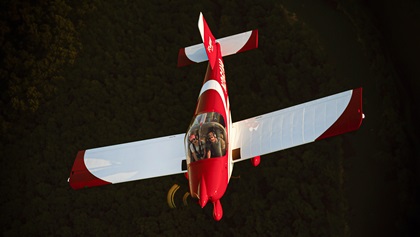
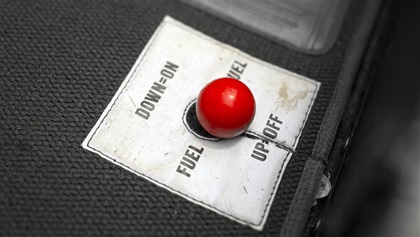 Commercial training in a Van’s RV–12? When I began my training, the FAA had permitted the use of technically advanced aircraft (TAA) in lieu of complex aircraft in commercial training for about a year. But qualifying for a commercial pilot certificate by training solely in a simple, diminutive light sport aircraft puzzled even many active instructors.
Commercial training in a Van’s RV–12? When I began my training, the FAA had permitted the use of technically advanced aircraft (TAA) in lieu of complex aircraft in commercial training for about a year. But qualifying for a commercial pilot certificate by training solely in a simple, diminutive light sport aircraft puzzled even many active instructors.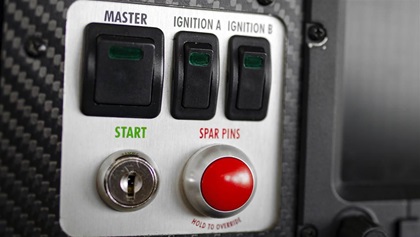 Complex aircraft have long been a staple of commercial pilot training, but now the aeronautical experience requirements include 10 hours of training in a complex airplane, a turbine-powered airplane, or a technically advanced airplane. The batch of changes to training regulations that went into effect in 2018 defines a TAA as having an electronically advanced avionics system that includes an electronic primary flight display, multifunction display, and two-axis autopilot integrated with the navigation system. No IFR-approved GPS navigator required, and the combined Dynon display qualifies as both the PFD and MFD.
Complex aircraft have long been a staple of commercial pilot training, but now the aeronautical experience requirements include 10 hours of training in a complex airplane, a turbine-powered airplane, or a technically advanced airplane. The batch of changes to training regulations that went into effect in 2018 defines a TAA as having an electronically advanced avionics system that includes an electronic primary flight display, multifunction display, and two-axis autopilot integrated with the navigation system. No IFR-approved GPS navigator required, and the combined Dynon display qualifies as both the PFD and MFD.

